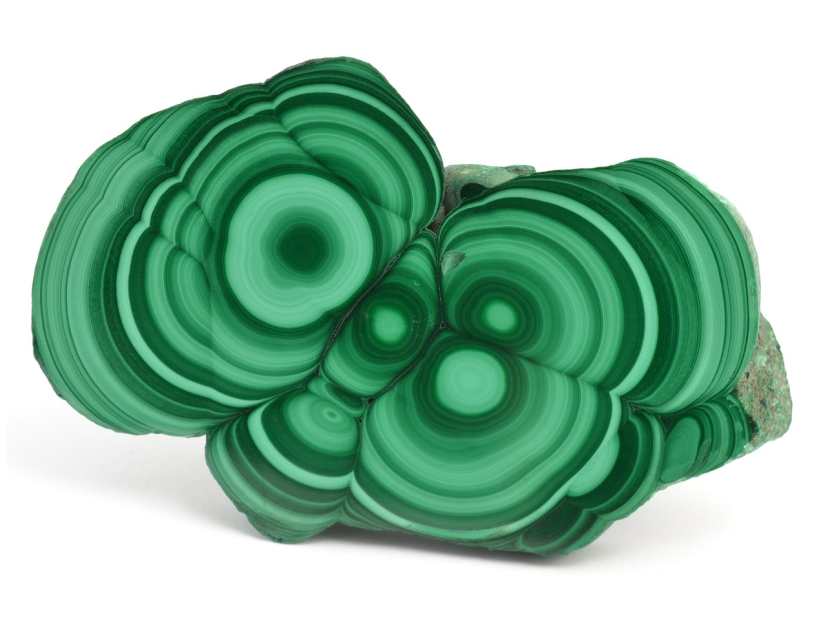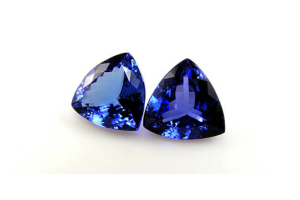USD
/
USD
/
Shipping to:
Currency:
How to Tell If a Malachite Is Real: Spotting Genuine vs Fake Stones
Malachite is a captivating green gemstone, cherished for its rich hues and distinctive banded patterns.
However, its popularity has led to a surge in imitations.
Whether you're a collector, jeweler, or enthusiast, it's essential to distinguish genuine malachite from fakes.
This guide will help you identify authentic malachite and make informed purchasing decisions.
Understanding Malachite
Malachite is a copper carbonate hydroxide mineral, known for its vibrant green color and unique banding.
It typically forms in the oxidized zones of copper deposits, resulting in its characteristic patterns.
Historically, malachite has been used in jewelry, ornaments, and even as a pigment.
If you’re exploring alternatives to traditional stones, check out non-traditional engagement rings featuring unique options like malachite.
Why Imitations Are Common
The beauty of malachite, along with its value, has led to the rise of fakes and imitations.
Artificial malachite is often made from materials like polymer clay or plastic to copy the look of the real stone.
These replicas are frequently sold online or in lower-end jewelry markets.
To learn how gemstones are naturally formed compared to lab-created options, check out this guide on how gemstones and diamonds are formed.
How to Identify Genuine Malachite
Here are the main signs to look out for when trying to tell real malachite from a fake:
Color and Pattern
Natural malachite comes in varying shades of green, often forming bands or circular patterns.
These bands should be smooth and inconsistent in width.
Fake malachite may include black coloring or very uniform, repetitive patterns, which are not typical of the real stone.
Weight and Density
Thanks to its copper content, malachite is heavier than it looks.
If a piece feels surprisingly light, it might be plastic or resin.
Genuine malachite has a noticeable weight when held.
Temperature
Real malachite stays cool to the touch, even in warm environments.
Fakes often adjust quickly to room temperature and feel warm against the skin.
Try holding it to your cheek for a quick check.
Surface Finish
Authentic malachite usually has a soft sheen or silky luster, especially when polished.
Fakes may appear dull or overly shiny in a plastic-like way.
Tips for Evaluating Malachite
Here are a few practical ways to assess malachite at home or when shopping:
- Inspect the banding: Look for natural flow and variation in the lines.
- Look for bubbles: Tiny air bubbles are a clear sign of plastic or resin imitations.
- Buy from trusted sources: Choose sellers who are upfront about authenticity and offer guarantees.
- Request certification: Especially for higher-end pieces, always ask for proof of authenticity.
Looking for beautiful options? Check out gemstone engagement rings for more inspiration.
Frequently Asked Questions
Is malachite expensive?
Yes, malachite can be relatively pricey because of its natural beauty and rarity.
If the price seems too good to be true, there's a good chance the piece is fake.
To compare costs, see this article on lab-grown diamonds vs gemstones.
Can I test malachite at home?
Yes, there are a few basic checks you can do at home, like testing for weight, texture, or bubbles.
But for absolute certainty, lab testing by a gemologist is best.
Why is malachite commonly faked?
It's a visually striking stone that people want, but it’s relatively easy and cheap to replicate with synthetic materials.
Does malachite have healing or spiritual properties?
Some believe it has protective and transformational qualities, but these claims are more spiritual than scientific.
How do I care for malachite jewelry?
Malachite is soft and can be scratched easily, so it should be stored separately from harder stones.
Avoid harsh chemicals and always wipe it gently after wear.
If you're looking to gift a piece, take a look at their gemstone rings for gifts collection.








